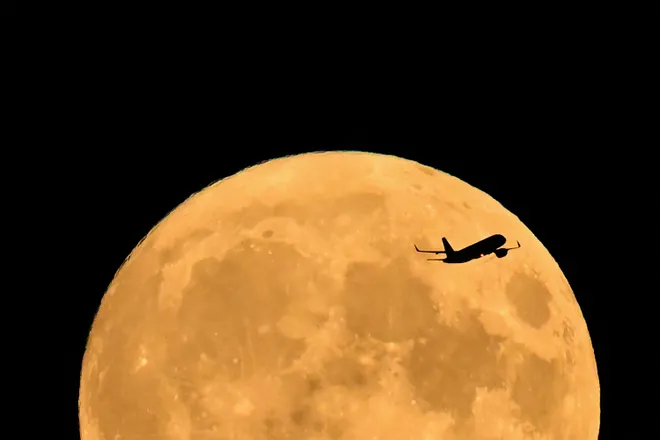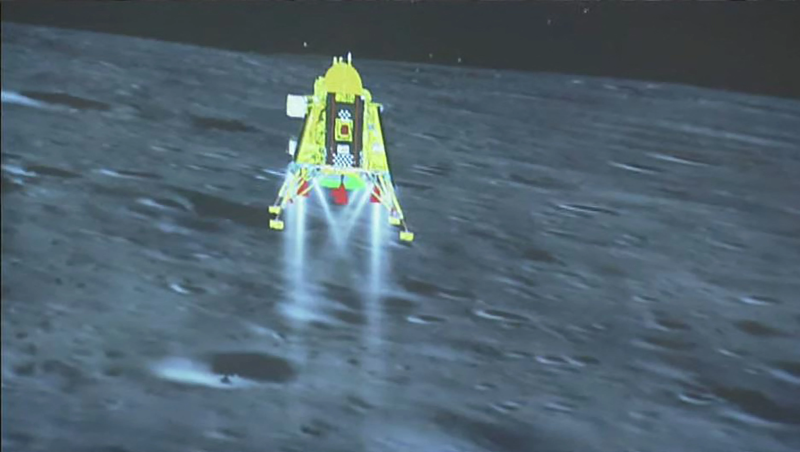The dark side of the (shrinking) moon: NASA missions could be at risk

The moon is shrinking − but it's nothing we need to worry about, scientists say in a new study.
The shrinkage is too small to have any impact on us down here on Earth, such as on eclipses, full moons or the tidal cycles, study co-author Nicholas Schmerr of the University of Maryland told USA TODAY.
How small? Over the past few hundred million years, the moon has shrunk only about 150 feet in circumference as its core gradually cooled.
"Fortunately as it shrinks, the mass of the moon doesn’t change, so it shouldn’t affect tidal cycles in any substantial way," Schmerr said. "Also, the radius change is so small and gradual that it will not have any meaningful effect on the appearance of eclipses or phases on the moon."
Moonquakes could be dangerous for astronauts
What is concerning is that the shrinking moon appears to cause moonquakes, which could be dangerous for any future astronauts who might try to land or eventually live there.
The shrinkage of the moon has "led to notable surface warping in its south polar region – including areas that NASA proposed for crewed Artemis III landings," according to a University of Maryland news release about the discovery.
The study, which was published in the Planetary Science journal last week, found that the hot inner core of the moon is slowly cooling, creating fault lines or cracks on the lunar surface as the moon contracts.
"There's a lot of activity that's going on in the moon," said Smithsonian Institution scientist emeritus Tom Watters, who led the study. "It's just something that we have to keep in mind when we're planning, especially, long-term outposts on the moon."
A landing site for future Artemis missions
The study looked specifically at the lunar South Pole, a possible landing site for future Artemis missions.
"We also knew from the Apollo seismic data that the most powerful moonquake, a shallow moonquake that was recorded by those seismometers, occurred near the South Pole," Watters said.
Those quakes, Watters said, could make slopes in the same lunar region susceptible to landslides, also possibly endangering future landing sites on the moon's surface.
Moonquakes could be severe, last longer than earthquakes
The moon's relatively lower gravitational pull could make a quake that would feel minor on Earth's surface multiply in intensity. "You're not as coupled to the surface on the moon as you are to the earth," Watters said. "So even a magnitude five quake on the moon would feel much stronger than it would feel on the Earth."The gravitational difference could also make moonquakes last much longer. He said that even long-duration earthquakes last for only a couple of minutes. "On the moon, they can last for hours."While moonquakes aren't likely to affect Artemis missions planned in the near future, Watters said missions aiming to establish a lunar outpost could be impacted. "It's very unlikely that, in a short term mission like Artemis, you're going to experience a moonquake," Watters said.
"But if we put a long term outpost on the moon, then the probability becomes much greater that they're going to experience a strong moonquake."

Disclaimer: The copyright of this article belongs to the original author. Reposting this article is solely for the purpose of information dissemination and does not constitute any investment advice. If there is any infringement, please contact us immediately. We will make corrections or deletions as necessary. Thank you.



